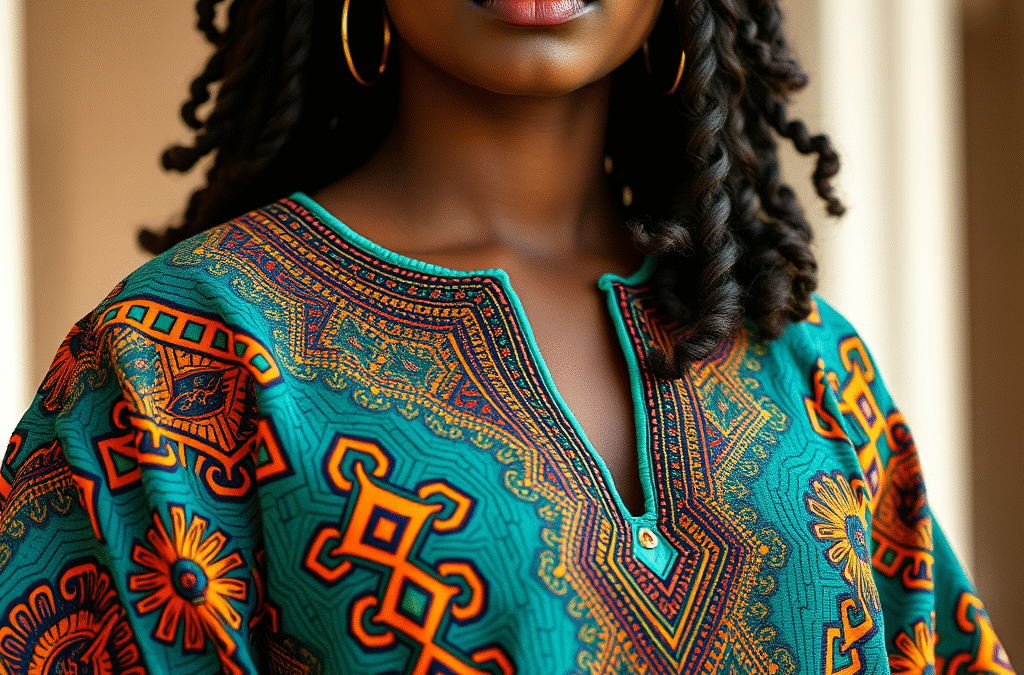Ankara Dashiki Clothing: African History, Style, Latest News, and Design
Introduction
Ankara Dashiki clothing is a vibrant and culturally rich fashion style that has its roots deeply embedded in African history. Known for its bold patterns and bright colours, Ankara fabric and Dashiki garments have become symbols of African heritage and pride. This article explores the history, style, latest trends, and design aspects of Ankara Dashiki clothing.

African History of Ankara and Dashiki
Ankara fabric, also known as African wax print fabric, originated from Indonesian batik techniques but was embraced and transformed by African communities. It gained prominence in West Africa during the 19th century and became a staple for traditional and modern African attire. Dashiki, on the other hand, is a loose-fitting pullover garment with colourful embroidery, traditionally worn in West Africa. It symbolises cultural identity and resistance, especially during the Civil Rights Movement in the United States.
Style and Design
Ankara Dashiki clothing is characterised by its unique combination of Ankara fabric and Dashiki style. The fabric features vibrant, geometric, and floral patterns that are eye-catching and symbolic. Dashiki designs often include intricate embroidery around the neckline, sleeves, and hem, adding elegance and cultural significance. The style is versatile, worn by both men and women for casual, formal, and ceremonial occasions.
Latest News and Trends
The global fashion industry has seen a surge in the popularity of Ankara Dashiki clothing. Designers are innovating by blending traditional fabrics with contemporary cuts and styles. Popular trends include Ankara Dashiki dresses, suits, jumpsuits, and accessories like headwraps and bags. Celebrities and influencers have embraced the style, further boosting its visibility on international platforms. Sustainable and ethical fashion movements also highlight Ankara fabric as a symbol of cultural appreciation and eco-friendly practices.
Design Innovations
Modern designers experiment with Ankara Dashiki by combining it with other textiles and incorporating modern tailoring techniques. This fusion creates unique pieces that appeal to a broader audience while preserving cultural heritage. Digital printing technology has also enhanced the quality and variety of Ankara fabrics available, allowing for more intricate and customizable patterns.
Conclusion
Ankara Dashiki clothing is more than just fashion; it is a celebration of African culture, history, and identity. Its vibrant patterns and meaningful designs continue to inspire and influence the global fashion scene. Whether worn traditionally or in modern styles, Ankara Dashiki remains a powerful expression of pride and creativity.
[Photos would be inserted here showing examples of Ankara Dashiki clothing, including traditional garments, modern designs, and celebrity styles.]

